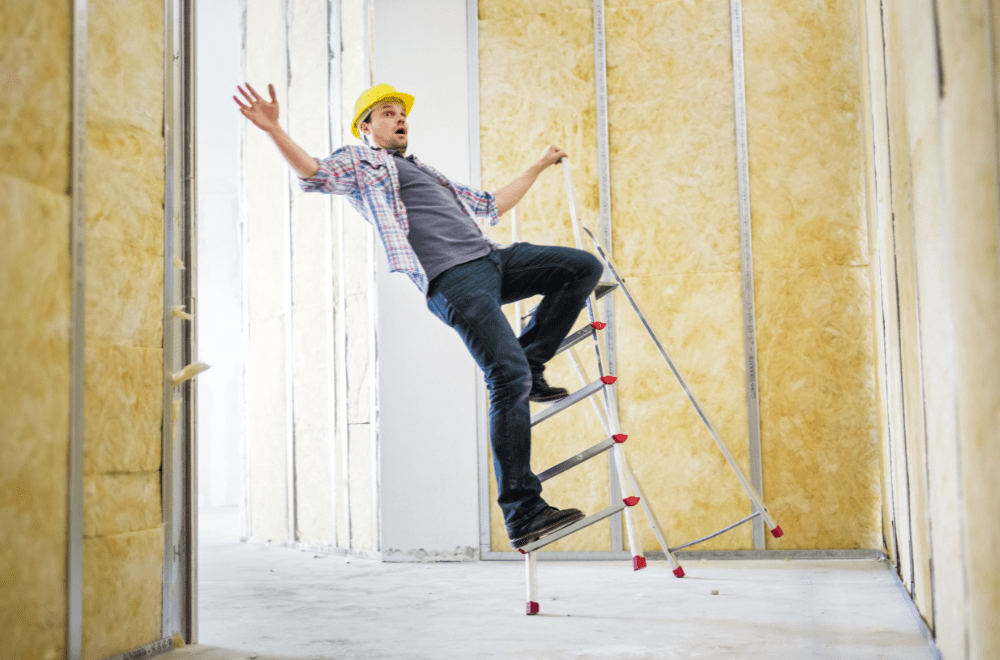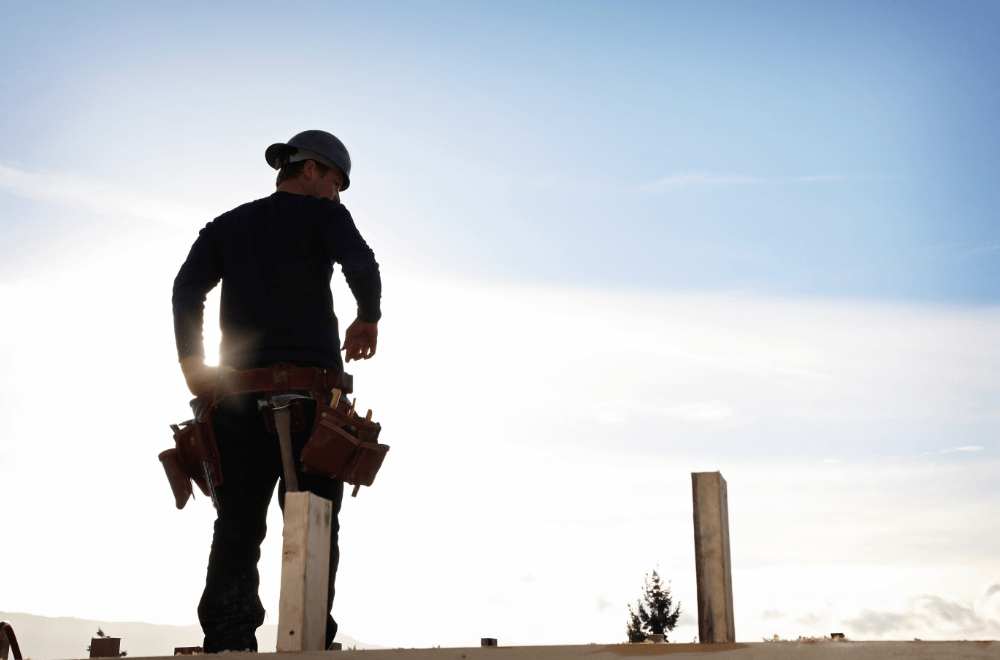Call us at +1 (917)-745-6877 for more info or click here
Lone workers are employees who complete their work in isolation, without a team or direct supervision.
Although they may have means to communicate with their colleagues or get virtual support if needed, they are often on their own.
This isolation can present various challenges to their work and safety as they do not have the immediate support required in an emergency. If your construction company utilizes lone work, it is necessary to set up structures and policies that can support employees.
Construction workers already encounter high safety risks as it is a work type that can involve heavy and dangerous sites, hazardous equipment, and other threats. These safety obstacles become compounded when dealing with mobile workers.

Operating without additional staff nearby means the individual has no backup. They have no one to ask for help in the event of a medical emergency, injury, or any other emergency situation.
Implementing safety policies and tools to assist lone workers in critical situations is the best approach to lone worker protection in construction. This includes researching, observing, and identifying possible safety hazards. Use this analysis to counter the risks presented and establish safe working environments.
With regards to safety for employees working alone in confined or isolated locations, OSHA states that the employer must remain accountable for each worker at:
These are the basic types of lone working staff protection methods as prescribed by OSHA.
These highlight a need for various policy aspects, including a communication plan, emergency action plan, emergency response plan, and more, to equip staff adequately.
With these policy features and the OSHA-compliant protection types in mind, you can select protection tools that work and improve conditions for employees.
Three of our must-have features for lone-worker solutions are:
The primary difference between lone work and team or in-office work is access to support. It also presents the biggest challenge in work-alone situations where the employee needs help but does not have the means to communicate with their team.
To ensure your workers always have support, you have to provide them with a system that enables and empowers field communication. Your solution must operate on multiple devices and support connection even with no wi-fi.
Prioritize instant messaging features and real-time updates so you can engage with workers instantly. Your chosen channel should also allow workers to file on-site safety observations with visual evidence for you to examine remotely in real-time.
With these features, you have an on-hand support system that can help tackle and address safety issues. They can also contact you conveniently in the event of an incident.

Real-time access is one way to facilitate employee tracking. Communication from your lone worker becomes a means to monitor their job progress and well-being. However, you can also use instant messaging to foster regular check-ins throughout the work shift.
Demarcate set check-in times for employees to give you a heads up on their progress and safety. Use a lone worker safety solution that gives check-in reminders and provides you with a monitoring center for all employees and jobs.
You can also leverage technologies like biometrics, modems, satellite devices, sensors, and wearable gear to detect and alert you to unusual employee activity.
The third essential lone worker protection feature is education and training support. Ensure you provide adequate training for how workers should navigate risk assessments, common hazards, and safety in the field. Beyond that, make this training a constant part of lone employees’ workflow and safety action plans.
For example, your chosen safety tool should include resource access to safety videos and information on how to ensure job site safety. It should serve as an in-pocket reminder of your safety policy, including documents that workers can access to help them address a range of situations.
The market for usable and effective lone-worker safety gear has grown speedily and continues to do so with various tech innovations. This gives construction managers and safety personnel a range of options to choose from when trying to decide on protective equipment for their team.
A safety app like SkillSignal is a great way to cater to the vital features above. It can facilitate instant communications, enable employee tracking and monitoring, and support education, training, info exchange, and more.
When accompanied by other worker safety devices and protective equipment, it can become one of many reasonable steps to reduce the risk of injury.
Lone worker safety equipment can include wearable devices like fall detection watches and wristbands. Worn by workers, these note when a fall occurs and send out an alert to you or headquarters.
Alert, panic buttons, or man-down alarms can also feature as wearable equipment, making it easy for employees to get help quickly in an emergency. Some of the best products in this category include:
Artificial intelligence (AI) and sensors have become key tools for construction employee safety structures. With the right equipment, this can and is extending to lone worker safety protection.
AI programs can gather and analyze extensive site data through sensors and other computational programming.
Sensors can include temperature and weather sensors, identifying hazards close to workers, movement detection, and more. These can alert workers in advance to avoid accidental injury and other incidents.
While augmented reality goggles have been available since 2013 with the release of the first Google Glass, they are growing popular in lone-work construction.
They make safety and training accessible without necessarily needing the worker to engage physically with equipment. This, along with wearable technology and personal alarms, can help keep workers safe.
For work-alone safety on a daily basis, the duty of care lies with you and your organization. It remains your job to keep people safe and to give support and care to staff for any individual situations that arise on-site.
With a dedicated lone worker safety program, communication and action plan policies, and a robust solution like ours, you treat your staff like the valuable assets they are.
References

Construction is one of the main contributors to the United States economy. Over 680,000 people work as employers, while over 7 million work as employees.…

Health and safety in the construction industry are not to be taken lightly. This seems like a given due to the high-risk nature of the…

Construction’s mental health crisis is very real. There are many factors that contribute to mental health issues, however construction workers don't have it easy to…
Selected as #1 by top ENR General Contractors. Loved by thousands of Trade Contractors across the US.


















